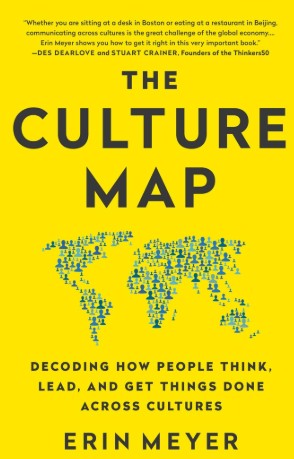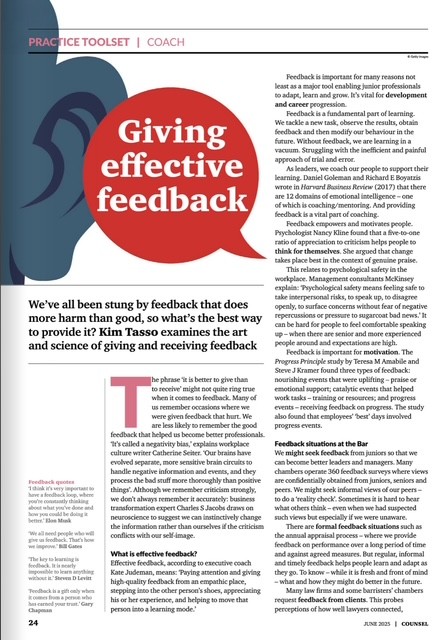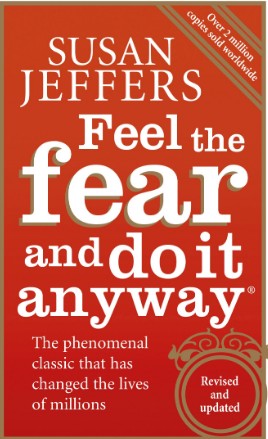
We discussed strategic thinking – audits, assumptions and alignment at the recent “Being more strategic” training workshop at the Professional Marketing Forum http://www.pmforum.co.uk/training.aspx
Fee-earners and strategy
There was a discussion about why some fee-earners in professional service firms found strategic discussions and decisions difficult, for example:
- There are multiple owner-managers concentrating on a wide variety of markets and services – it is often hard to craft a strategy that addresses such a diverse matrix of interests
- The professions are naturally risk averse – they may avoid attempting things that are different and they may prefer not to state their goals in case they are not achieved
- The professions can be focused on the short term – and strategic thinking requires a longer term outlook
- Many fee-earners are uneducated in strategic processes – they simply haven’t learned to think strategically
- Many want to avoid conflict with their colleagues. Strategy involves making choices and many fee-earners do not want to challenge their colleagues with initiatives that fall outside the agreed strategic direction
- Opportunistic and entrepreneurial – Many professional practices have a culture or ethos that relies on identifying changes in the market and being opportunistic and entrepreneurial in pursuing such opportunities. They perceive that a planned, strategic approach would prevent them maintaining their historical success
- Eat what you kill culture – Some firms do not act in a collaborative or team based way. Each fee-earner is responsible for winning his or her own work and they see no benefit in joining strategic discussions with other fee-earners or in seeking help from the marketing and business development teams
There is sometimes impatience too with fee-earners. Some might say to marketers “Just tell me what to do”. It can help, in these situations, to explain that if they were advising their client they might outline a number of options, explain the consequences of different courses of action and help their client chose the best approach. And this is the approach that we adopt in marketing and business development – a collaborative approach to identifying challenges and crafting solutions to overcome them. The key thing here is for marketing and business development people to outline the various options and help the fee-earners to select the right approach depending on their aims, external factors and their particular preferences.
Assumptions
We explored some of the assumptions and cognitive biases that we as marketers might hold that could get in the way of developing a great strategy.
As marketers we assume that we need plans. But you can have a good strategy without there being a plan. Similarly, you can have a good plan that is lacking in robust strategy.
Our fee-earners are on the front line every day and therefore in an ideal position to pick up on weak signals from the market and new opportunities. The power of emergent strategy was recognised by management expert Mintzberg.
There’s also a danger that we might think marketing communications or business development holds the answer to all challenges. Sometimes there are leadership, financial, technology, operational and human resource challenges that will have a greater impact.
If our entire careers have been spent working with professional service firms, we will not have access to models and ideas from other industries and sectors. So we hold assumptions about the best way to do professional services marketing. This can constrain our thinking and make us as insular as the fee-earners. We need to examine our predominant mental models.
Strategy doesn’t have to conform to the idea of being an agreed and documented course of action in a plan – it can be set of values or pattern of behaviour instead http://kimtasso.com/strategy-basics/ or even an analysis of scenarios http://kimtasso.com/strategy-and-scenario-planning-blowing-the-cobwebs-off-your-mind-workshop-with-allen-overy/
Adopt a more strategic approach personally
Some of the conversations focused on how, even if you are not in a position to shape strategy at a senior level, you can introduce a more strategic approach to operational and tactical activities. The suggested behaviours to do this included:
- Win the fee-earners’ trust – You need a strong relationship and trust with the fee-earners before you can engage in strategic discussions http://kimtasso.com/trust-better-business-relationships/
- Prepare – undertake the necessary research to understand the issues and options and gather evidence for the fee-earners to consider
- Reflect – give yourself time to think about what the research reveals and how to tackle the challenges with creative approaches
- Systemic thinking – understand what else might be affected by the various options available. For example, the impact on other teams, the decisions over scarce resources and system requirements
- Reframe – redefine the problem or scope so that you don’t repeat same discussions or resort to doing what you have always done before
- Be the client’s representative – Marketing’s role is to be the voice of the client, so consider things from clients’ perspective
Use the marketing audit
The marketing audit helps us in a number of ways:
- It ensures that we are aware of longer term and external forces impacting our markets
- It enables us to develop our knowledge of the markets and future client needs
- It allows us to develop robust and innovative segmentation strategies http://kimtasso.com/back-basics-importance-segmentation-personas/
- It helps to frame the key opportunities and threats that we must address
- It provides data upon which to base rational decisions
- It helps us identify a suitable market position and the basis of competitive advantage
- It can shift the strategic discussions away from purely internal and short term issues
- It can help us identify the core challenge which is essential in many strategic process models
Introducing the marketing audit into operational projects can initiate a more strategic approach,
Alignment
Before we can develop a strategy we need to have goals. And goals and strategies throughout the firm – from the top level, through sector groups and international markets and down to practice groups and individual fee-earners – need to be aligned.
There was a recent article in HBR (Kristy Hull of PWC May 2017) https://www.strategy-business.com/blog/Getting-to-the-Critical-Few-Behaviors-That-Can-Drive-Cultural-Change?gko=463e5 which provided another approach to alignment in the pursuit of organisational change.
She argued that focusing on a few critical behaviours (called keystone behaviours) is one of the tenets of working effectively with organisational culture. They are considered “critical behaviours” because they will have a significant impact on business performance when exhibited by large numbers of people. She suggested you use the “five whys” to uncover the root of the problem:
- Know what you are trying to accomplish
- Define the behaviours (specific, repeatable and applicable to everyone) that will contribute to the goals
- Prioritise the few, critical behaviours (those that are easiest to implement with the highest impact). Implementation criteria include:
- Actionability
- Visibility
- Measurability
- Speed of results
- Ease of implementation
- Validate your choices with input from formal and informal leaders
- Drive, reinforce and measure those behaviours
We applied this approach to align changes to the pitching process to a firm’s priority client and target strategy. The critical behaviours revolved around asking clients for their views and holding open discussions about their commercial needs.
Previously, I explored how we can align different strategic marketing initiatives – for example, CEM. KAM and sector groups http://kimtasso.com/integrated-marketing-joined-sector-kam-cem-programmes/ to achieve more joined up strategic business development.









